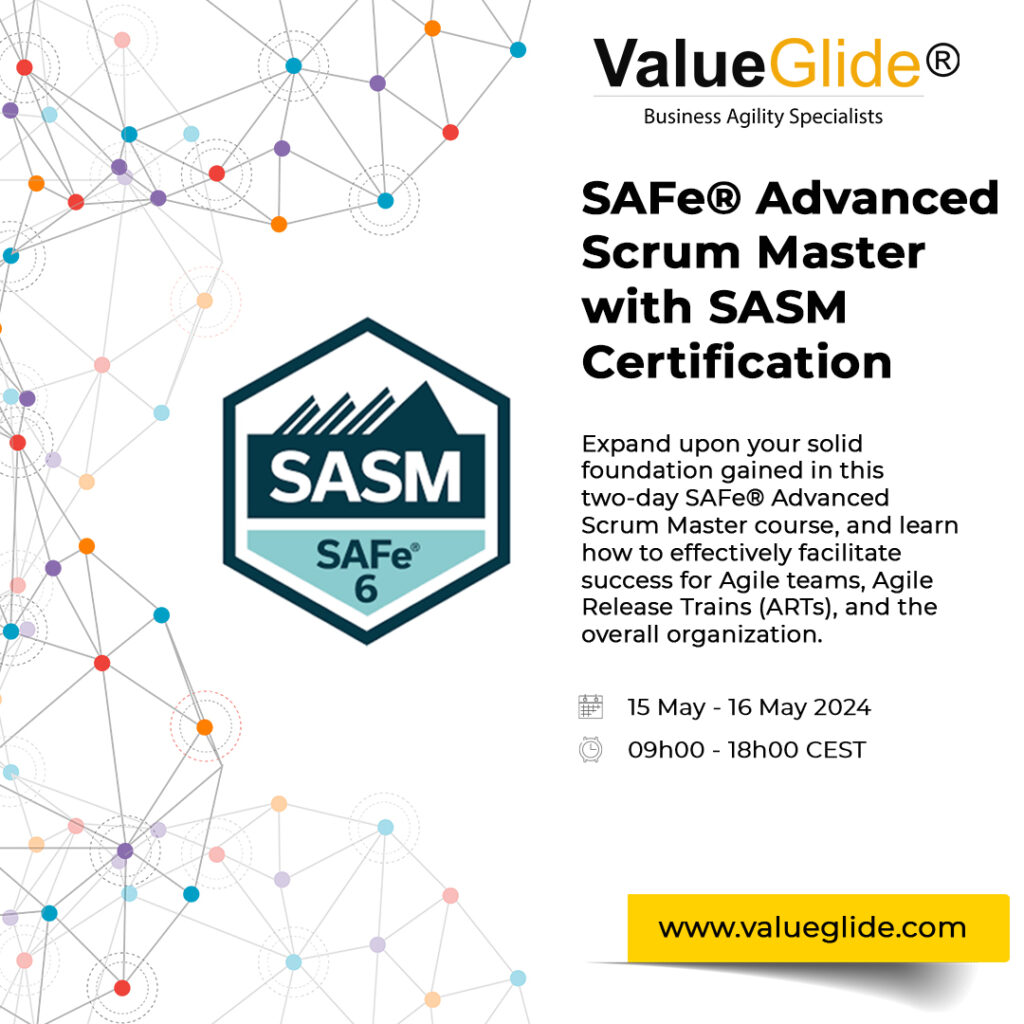In SAFe, Program Increment (PI) objectives are an essential component of the PI Planning process. These objectives are used to align the work of all teams within the program and ensure that the overall goals of the program are met. Writing good PI objectives is crucial for the success of the program, and using the SMART criteria can help ensure that the objectives are clear, measurable, and achievable.
Write SMART PI Objectives
The SMART criteria stands for Specific, Measurable, Achievable, Relevant, and Time-bound. When writing PI objectives, it is essential to ensure that they meet all of these criteria.
Specific: PI objectives should be specific and clearly defined. They should clearly state what needs to be achieved and should be easy to understand for all teams within the program.
Measurable: PI objectives should be measurable, so that progress can be tracked and it’s clear when the objectives have been achieved. This includes identifying the specific metrics that will be used to measure progress.
Achievable: PI objectives should be achievable and realistic. They should be challenging, but also achievable within the timeframe and resources available.
Relevant: PI objectives should be relevant to the overall goals of the program. They should align with the program backlog and the priorities of the program.
Time-bound: PI objectives should have a specific timeframe for when they will be achieved. This helps to ensure that progress is tracked and that the objectives are completed on schedule.
An example SMART Goal
For example, a specific, measurable, and time-bound PI objective could be: “Reduce the average lead time for customer orders by 25% within the next PI, by implementing an automated order processing system.”
Using SMART criteria when writing PI objectives helps to ensure that they are clear, measurable, and achievable. It also helps to ensure that the objectives align with the overall goals of the program and are completed on schedule. Additionally, it makes it easy to track the progress of the objectives and identify any issues that may arise.
Using OKRs
Don’t forget to use OKRs (Objectives and Key Results), too! OKRs is a framework for setting and tracking goals and objectives in an organization. It is a simple, yet powerful way to align your team around a common goal and measure progress.
To use OKRs, you first need to set an objective, which is a clear and specific statement of what you want to achieve. You should have already done this following the SMART criteria. The objective should be challenging, but also achievable within a given timeframe. Once the objective is set, you then need to define the key results, which are specific, measurable outcomes that will indicate whether or not the objective has been met.
So, in summary, you can use SMART criteria and apply them to your high-level goals (PI Objectives) as well as the Key Results required for each Objective.
Want to Learn More about PI Planning / PI Objectives?
If you have any questions don’t hesitate to contact us here. We go deeper on the Implementing SAFe course, or you can also see our other SAFe-certified courses here.










